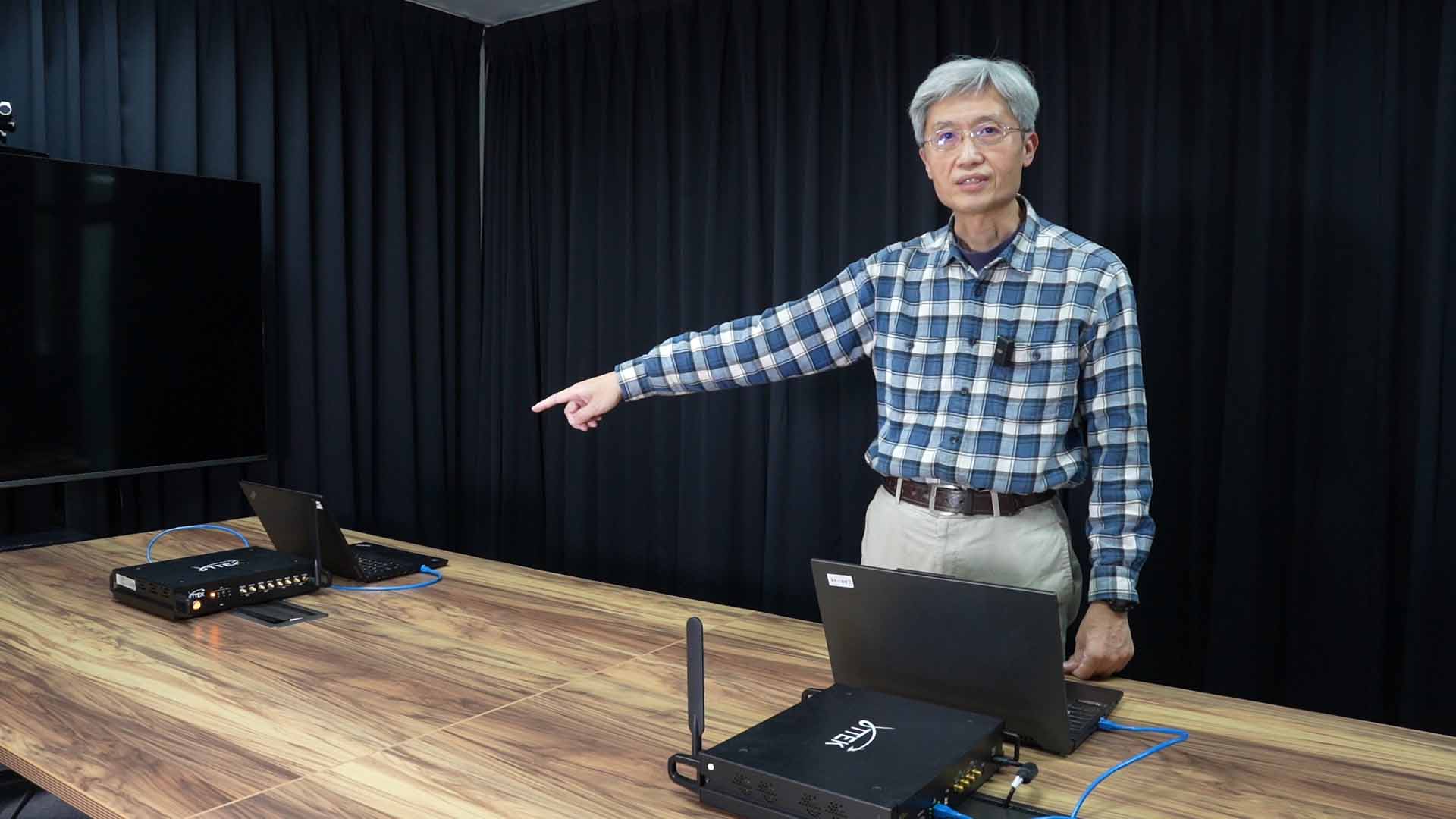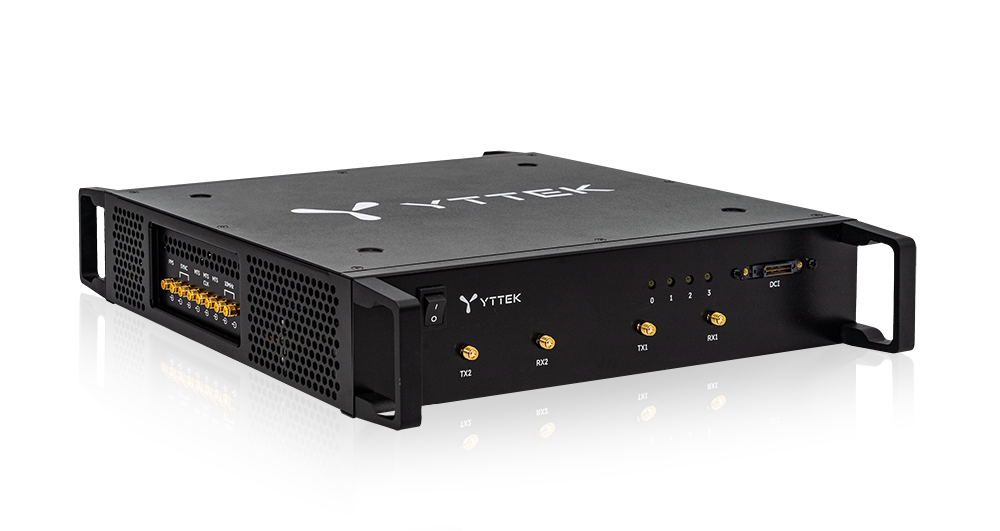Customer
Professor
Jan Shin Ho
University
National Penghu University of Science and Technology
Department
Communication engineering
Research areas
Next generation communication systems
Physical layer transceiver design
Synchronization techniques
PluSDR allows me to validate my code seamlessly without modifications, saving significant time and letting me focus on my research.
Jan Shin Ho, Professor
National Penghu University of Science and Technology
Overview
Professor Jan Shin Ho from National Penghu University of Science and Technology is a leading researcher in baseband physical layer transceiver algorithm development. His research requires a seamless transition from theoretical modeling to real-world validation—an essential yet challenging step that often hinders research efficiency. To overcome these limitations, he turned to YTTEK’s PluSDR software-defined radio (SDR) platform, a powerful tool that has redefined his approach to algorithm verification and over-the-air testing.
Challenges
One of the fundamental challenges in wireless communication research is ensuring that algorithms perform as expected in real-world conditions. While simulations provide an ideal environment for development, real-world factors—such as hardware limitations, RF conditions, and environmental interference—can lead to significant deviations in performance. Professor Ho needed a solution that could bridge the gap between simulation and real-world implementation without requiring additional time to learn new programming languages.
YTTEK solutions
Seamless algorithm integration
Professor Ho developed 5G NR cell search, 5G NR PRACH preamble detection, and 5G NR FR1/FR2 signal analysis on the PluSDR Series – YTPC100 platform. “Past simulation codes in Python, MATLAB, or C/C++ could be effortlessly reused, significantly reducing development time. The PluSDR platform allows baseband algorithm designers to focus purely on algorithm development, without needing expertise in hardware or RF technology. The interface between a laptop and PluSDR is simple,” Professor Ho stated.
Perfect for 5G NR research
“The PluSDR covers most of the NR FR1 frequency range and supports antennas from 4-by-4 to 16-by-16,” said Professor Ho. With its wide frequency range and bandwidth capabilities, PluSDR aligns perfectly with 5G NR requirements, making it an ideal platform for next-generation wireless research.
Real-world testing
Unlike traditional solutions that confine algorithm validation to computer-based simulations, PluSDR enabled real-time testing. It allowed direct execution and over-the-air validation within a flexible, software-defined framework, bridging the gap between theoretical models and real-world deployment.
Results
In his research on 5G NR PRACH preamble detection, Professor Ho developed two PluSDR systems equipped with antennas to validate his uplink initial synchronization algorithms in real-world conditions. Unlike traditional test platforms, his baseband algorithms can be seamlessly integrated with the PluSDR system, allowing him to verify their performance in an environment that includes RF and wireless channel effects—without requiring additional modifications. “I really enjoyed using PluSDR to validate my baseband algorithms in real-world scenarios,” said Professor Ho.
This resulted in:
• A dramatic boost in research efficiency
• Faster transition from research development to real-world deployment
• Accurate RF validation within a flexible, software-defined framework
Beyond offering an user-friendly and reliable SDR platform, YTTEK’s technical support team provided specialized guidance, from installation assistance to troubleshooting, ensuring Professor Ho could focus entirely on his research. With PluSDR’s cutting-edge technology and YTTEK’s dedicated support, he successfully bridged the gap between simulation and real-world performance, transforming the way wireless communication algorithms are developed and validated.





